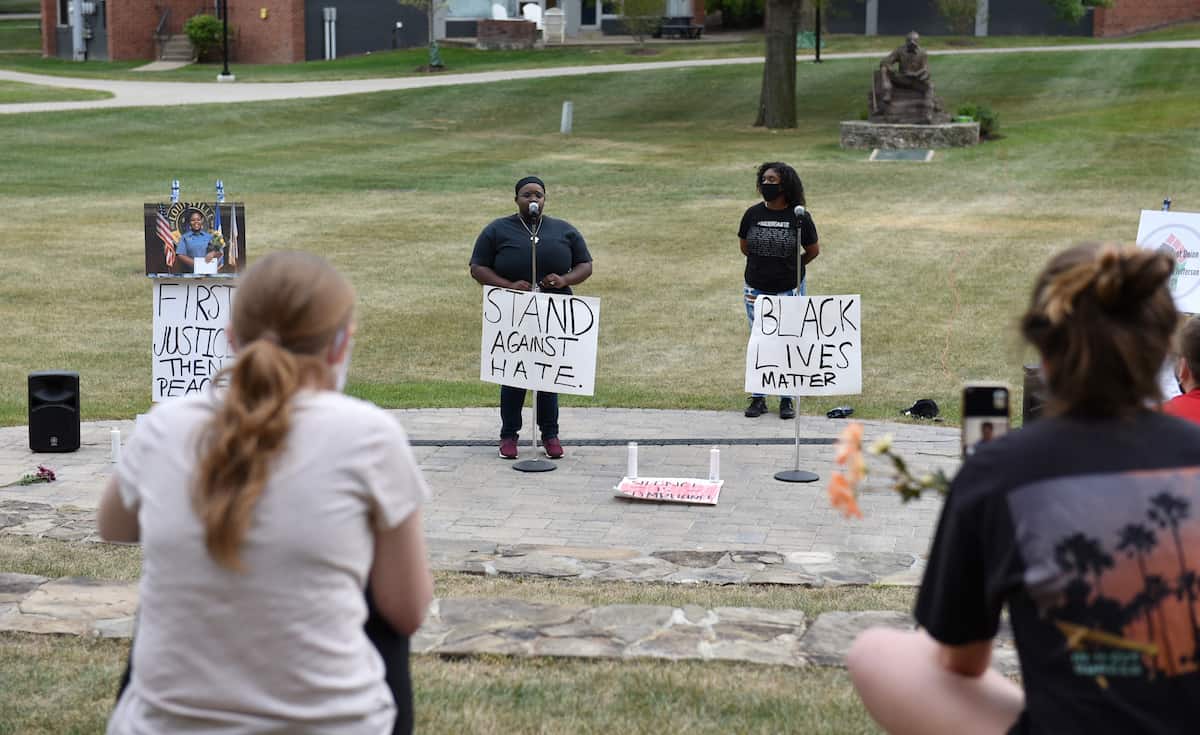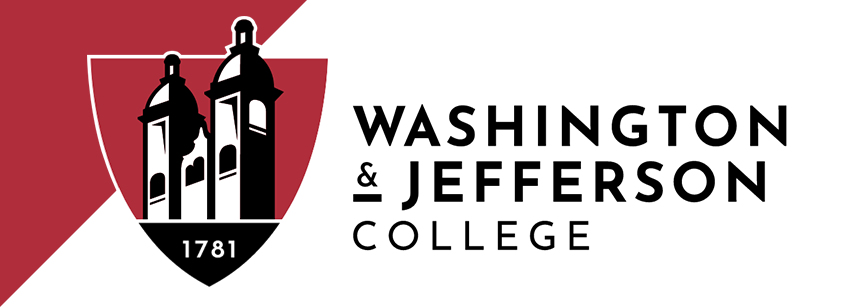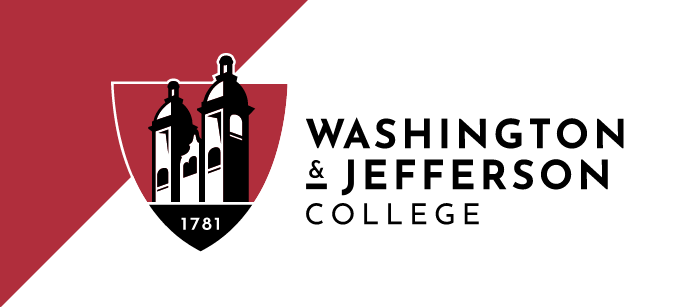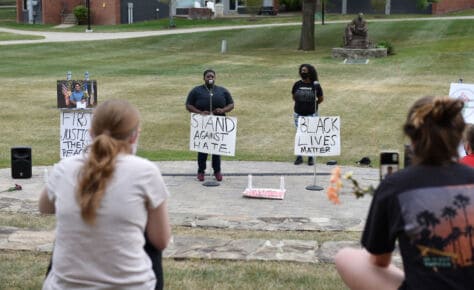
The 2020s
WASHINGTON, PA (March 11, 2021)—The year 2020 brought clarity of vision to many Americans in examining the racial inequities that still persist in our country, and W&J College is no exception.
Today, students in the BSU are still facing many of the same cultural difficulties that affected the students that came before them. The conversation hasn’t gotten any easier; intersectional analysis of more nuanced issues of race is necessary to comprehend the disturbing and growing examples of white supremacist rhetoric on our Facebook feeds and in our nation’s capitol.
“The students today are dealing with the same issues. I can’t even say it’s under a different name. It’s frustrating when blackface incidents in 2021 are still happening on college campuses,” Cynthia Fulford ’93 said. “We encounter the same problems students have faced in the 50s and 60s, but we have to become continually more strategic in how we face them.”
The current leadership of the W&J BSU are aiming to employ those strategies as they seek to further develop the presence of BSU on campus, though it does put a large onus on students to look out for each other.
“It’s a big responsibility to be a black leader on this campus. There’s a sense of responsibility for the other black students on campus, whether you know them or not, whether they’re in the BSU or not. If you see another black student on campus, you are always wondering about them and if they are okay,” said BSU vice president Jasmine Dey ’23.
There is a conscious effort in the current BSU to push for an organization beyond just giving the Black student population a place to collect, but to really drive forward inclusion initiatives on campus and make BSU just as integral to all campus life as the Student Government Association or Student Activities Board.
The BSU has upped its offerings for students on campus with programming in the past years including the Black Legends Ball and Celebration of Black Lives. They also are seeking more opportunities to offer supports to Black students and vying for more Black representation on campus overall—including among the faculty and staff.
“I feel like BSU is kind of slept on. I think a lot of students feel uncomfortable with it being a Black majority organization. We see a lot of reposts on social media or comments like ‘we support you,’ but not a lot of interaction with [us during] our meetings. It’s a comfort thing that people have to get used to,” said BSU president Tamia Mickens ’21. “I don’t feel like BSU has reached its fullest potential. I think the BSU has so much room to grow, and that’s what we’re trying to do this year and in the future.”
The development is already in motion to, as Dey described, “become less of a club and more of a union,” that actively advocates for BIPOC interests on campus. And as the students work to make this new vision of the organization a reality, their predecessors are ready to lend a helping hand.
“I think it’s important for the students to connect with alumni—to reach out and see if alumni would be willing to serve as advisers, come back to campus once or twice a year, and work with an on-campus team to put initiatives together,” Will Thomas ’91 said. “I’d love to talk to the current BSU about their ideas and my own vision of where we are as a Black community.
Though the way forward could follow different paths, all agree what’s most important are partnership among the institution, its students, and alumni, showing for certain that W&J’s core tenants are vital for success—or as we say around here, Together We Thrive.
About Washington & Jefferson College
Washington & Jefferson College, located in Washington, Pa., is a selective liberal arts college founded in 1781. Committed to providing each of its students with the highest-quality undergraduate education available, W&J offers a traditional arts and sciences curriculum emphasizing interdisciplinary study and independent study work. For more information about W&J, visit washjeff.dev, or call 888-W-AND-JAY.


